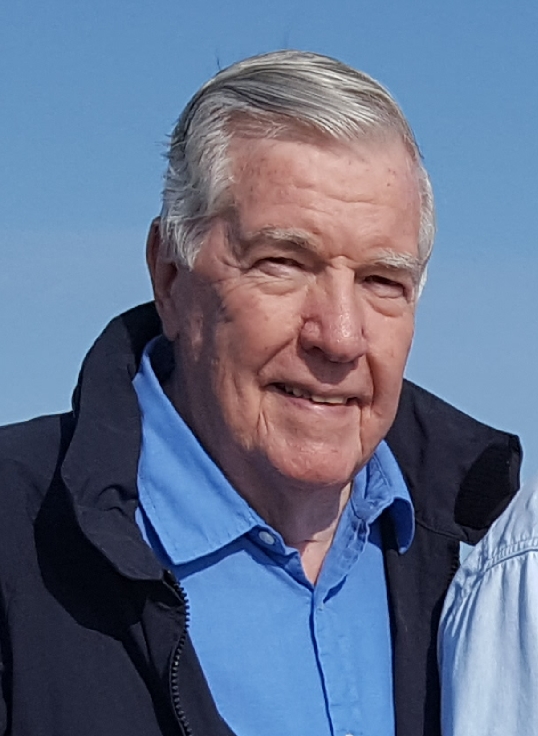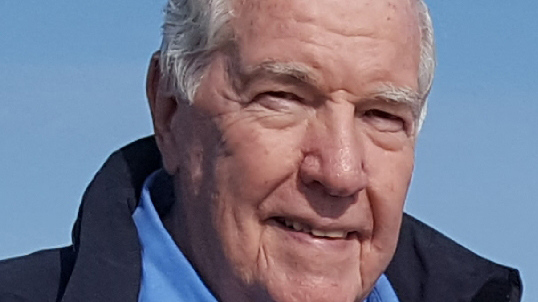Culture Shock: The Inside Scoop
Ap Photo Editor And Pulitizer Juror Visits Abq


Pulitizer Prize-winning photograph of Elian Gonzalez being taken from his family and returned to Cuba. Snapped in 2001 by Alan Diaz.
AP Photo

“That is what we call an icon. That is what lasts forever,” Hal Buell said of Pulitizer Prize-winning photographs, like this famous image by Joe Rosenthal of the American flag being raised at Iwo Jima.
AP Photo

AP Photo








